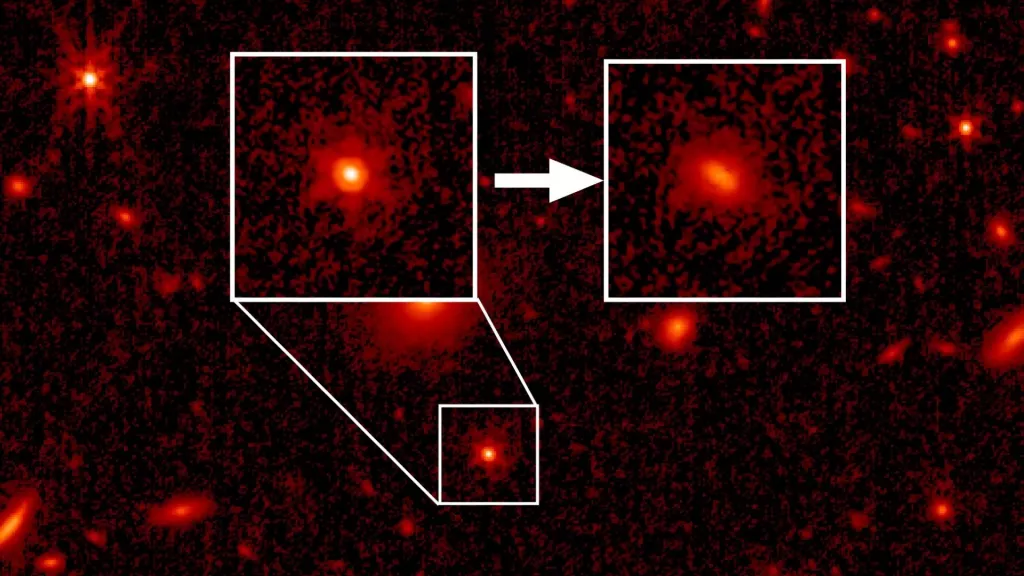James Webb looked back almost 13 billion years and saw the light of the universe's first stars

James Webb helped scientists capture a unique image. The space telescope looked back almost 13 billion years.
Here's What We Know
Astronomers have previously been able to see stars and galaxies 10 billion light-years away using the Hubble Orbiting Telescope. The James Webb Space Observatory has been able to look at stars in the light of quasars (active black holes) 12.8 billion and 12.9 billion light years away when our Universe was 880 and 870 million years old.
The findings will allow scientists to continue to study the evolution of galaxies and quasars in the early stages of the Universe. Crucially, James Webb was able to see the light of individual stars against the light of quasars. Thanks to this, scientists will be able to determine the masses of distant galaxies.
In our case in the lens of James Webb got quasars J2236+0032 and J2255+0251. At that time, the galaxies were 130 billion and 30 billion times more massive than the Sun, while black holes were 1.4 billion and 0.2 billion times more massive than our star.
Scientists now know the mass dependence of quasars on the mass of galaxies but cannot answer the question of what this is related to. Perhaps the radiation from black holes affects the activity of star formation. Another theory is that the holes may grow in proportion to the growth of galaxies in mergers.
Source: space